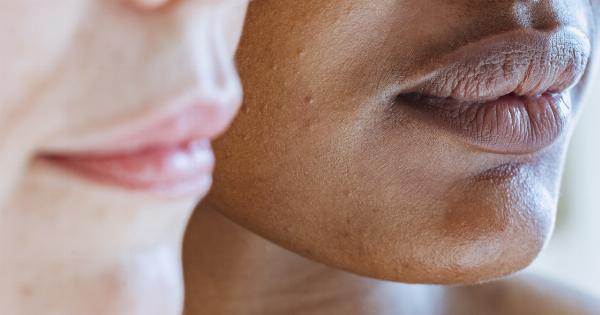Going sugar-free can be a challenging, but rewarding experience.
Cutting sugar from your diet has numerous health benefits including weight loss, improved energy levels, better skin and teeth, and a decreased risk of diseases like diabetes and heart disease. However, when you first cut out sugar, you may experience a few unpleasant symptoms known as sugar withdrawal. Here are nine common deprivation symptoms and tips on how to overcome them.
1. Headaches
One of the most common withdrawal symptoms is headaches. When you consume sugar, your brain releases dopamine, a chemical that makes you feel happy and relaxed.
When you remove sugar from your diet, your brain goes through withdrawal and produces less dopamine, leading to headaches. To overcome headaches, stay hydrated, rest, and take over-the-counter pain relief medication if necessary.
2. Irritability
The lack of dopamine can also cause irritability and mood swings. To combat this, try stress-relieving techniques such as yoga, meditation, or deep breathing. Exercise is also an excellent way to release endorphins, which can elevate your mood.
3. Fatigue
Sugar provides quick energy but leads to a crash shortly afterward. Without sugar, you may experience a decrease in energy levels and fatigue. Combat this by eating more fruits, vegetables, and whole grains.
These foods contain complex carbohydrates, which release energy more slowly and help to sustain your energy levels throughout the day.
4. Difficulty Sleeping
Sugar interferes with your sleep patterns, making it harder for you to fall asleep and stay asleep. When you first eliminate sugar from your diet, it’s common to experience trouble sleeping and vivid dreams.
Establish a relaxing bedtime routine and avoid electronic devices before going to bed. Herbal teas like chamomile can also promote relaxation and improve sleep quality.
5. Nausea and Dizziness
When you first cut out sugar, you may experience nausea and dizziness. These symptoms are often temporary and occur as your body adjusts to the lack of sugar.
To minimize these symptoms, stay hydrated and consume more whole foods like fruits, vegetables, and lean proteins.
6. Sugar Cravings
It’s common to have sugar cravings when you first cut out sugar. These cravings can be intense, making it challenging to stick to your sugar-free diet.
Combat these cravings by eating more healthy fats, like avocado or nuts, which can keep you feeling full and satisfied. Drinking herbal teas like peppermint or cinnamon can also help to satisfy sweet cravings.
7. Brain Fog
Consuming too much sugar can cause brain fog and decreased cognitive function. When you eliminate sugar, you may experience a foggy feeling. Combat this by eating more brain-boosting foods like nuts, leafy greens, and blueberries.
These foods are high in vitamins and minerals that can improve cognitive function and concentration.
8. Digestive Issues
Consuming too much sugar can cause digestive issues like bloating, gas, and constipation. When you cut out sugar, your digestive system may have trouble adjusting. Combat this by consuming more fiber-rich foods like fruits, vegetables, and whole grains.
Drink plenty of water and avoid processed and fried foods, which can exacerbate digestive issues.
9. Weight Changes
Cutting out sugar can lead to weight loss, as sugar is often found in processed foods that are high in calories and low in nutrients. However, it’s also possible to gain weight when you cut out sugar.
This is because some sugar-free alternatives are high in calories. Stick to whole foods and avoid sugar-free products that are high in artificial sweeteners and other additives.
Conclusion
Going sugar-free can have numerous benefits for your health, but it’s not always easy. When you first eliminate sugar from your diet, it’s common to experience a few withdrawal symptoms.
However, by following the tips outlined in this article, you can overcome these symptoms and reap the rewards of a healthy, sugar-free lifestyle.





























